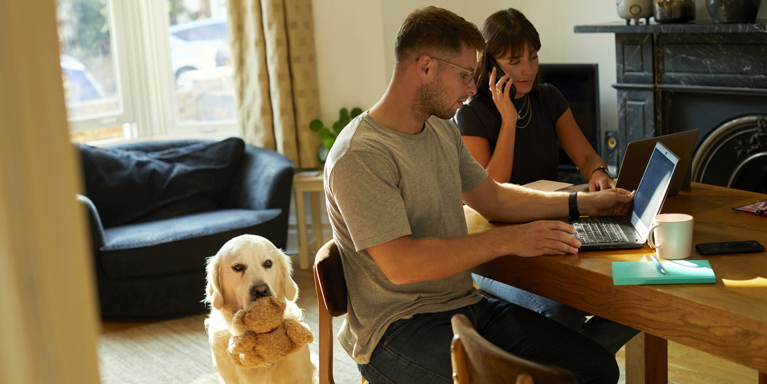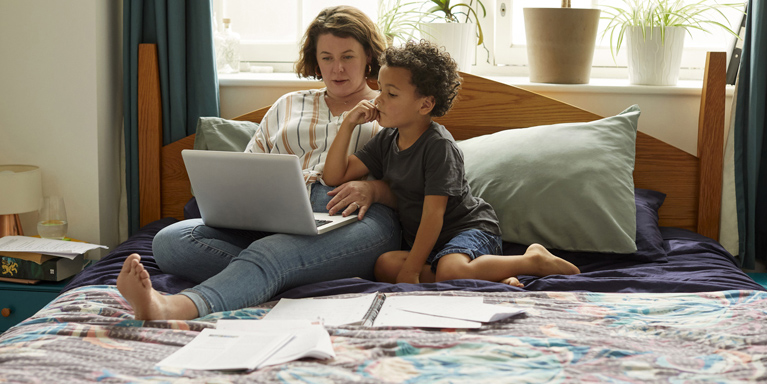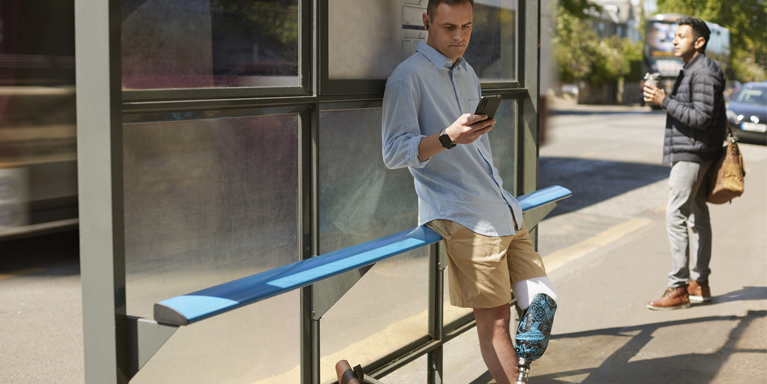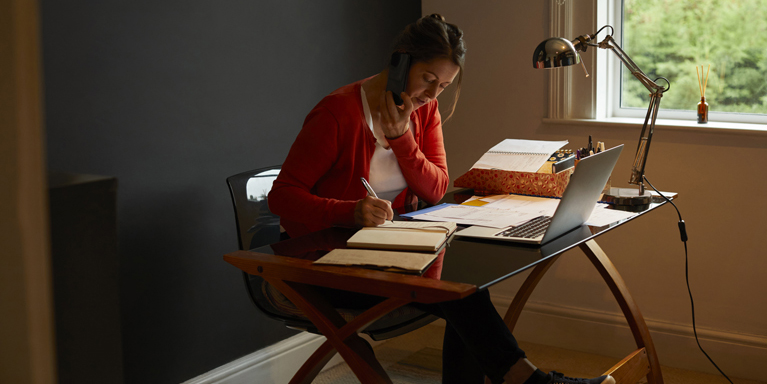
Using your mobile phone and tablet
Feel more confident in using your mobile or tablet. You'll learn to change it to better meet your needs.
BackIntroduction to 'Using your mobile phone and tablet'
Being able to use a mobile phone or tablet can help you a lot. You might be on someone else’s device or your own. Either way, this lesson will help you learn how to set it up and adapt it to your needs.
Do you or someone you know need help with setting up a device for the first time? Why not call our free Academy Digital Helpline on 0345 222 0333. It’s open Monday to Friday 9am – 6pm. The Helpline gives free one-to-one support. You can use this service if you live in the UK or Channel Islands and you’re over 18 (or supervised by a parent or guardian if under 18). Not sure whether you need our Academy Digital Helpline? Use Chapter 1 to test what you know.
Scottish Widows Be Money Well is committed to providing information in a way that is accessible and useful for our users. This information, however, is not in any way intended to amount to authority or advice on which reliance should be placed. You should seek professional advice as appropriate and required. Any sites, products or services named in this module are just examples of what's available. Scottish Widows does not endorse the services they provide. The information in this module was last updated on 8th November 2023.








